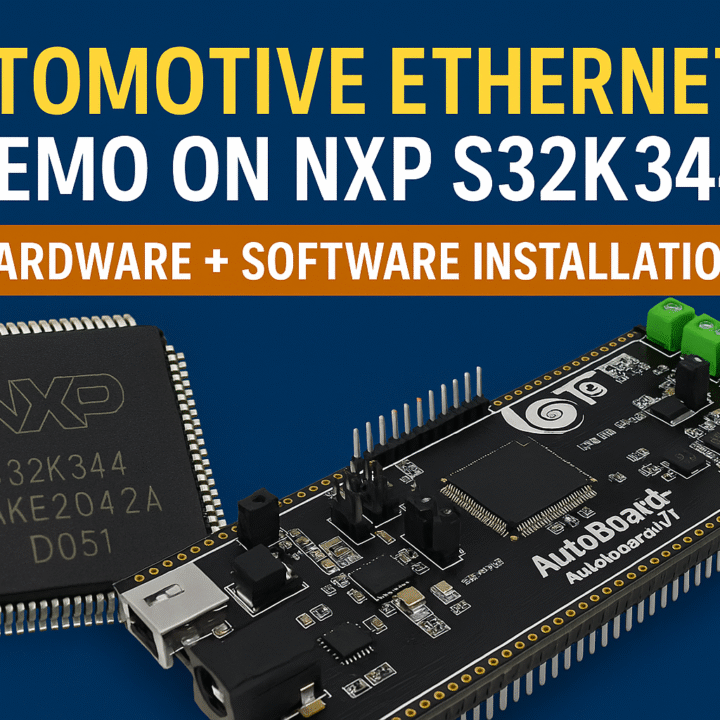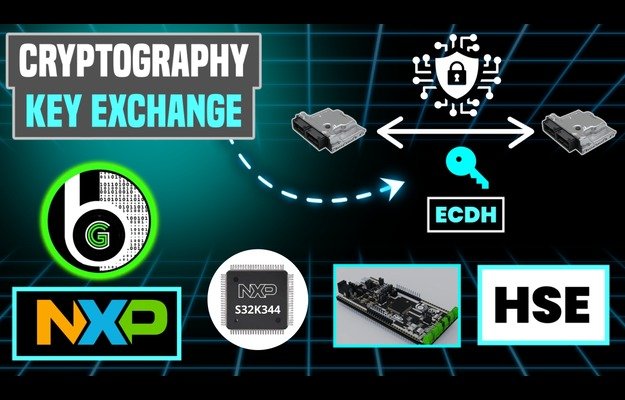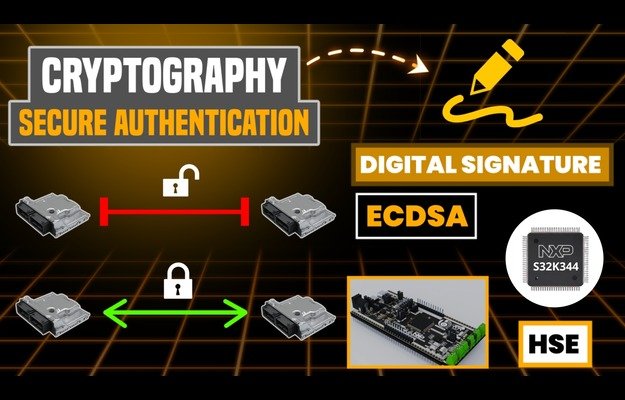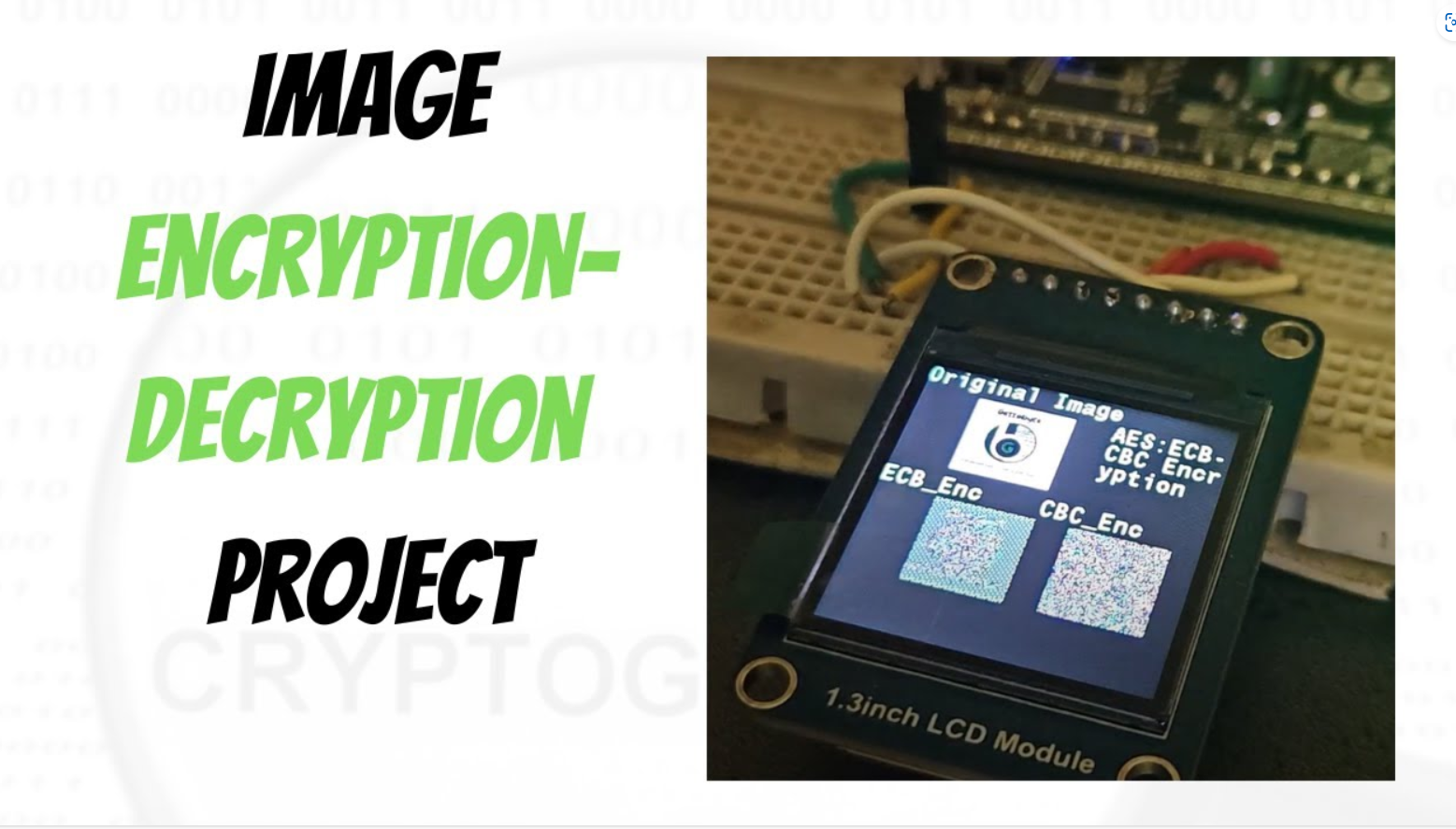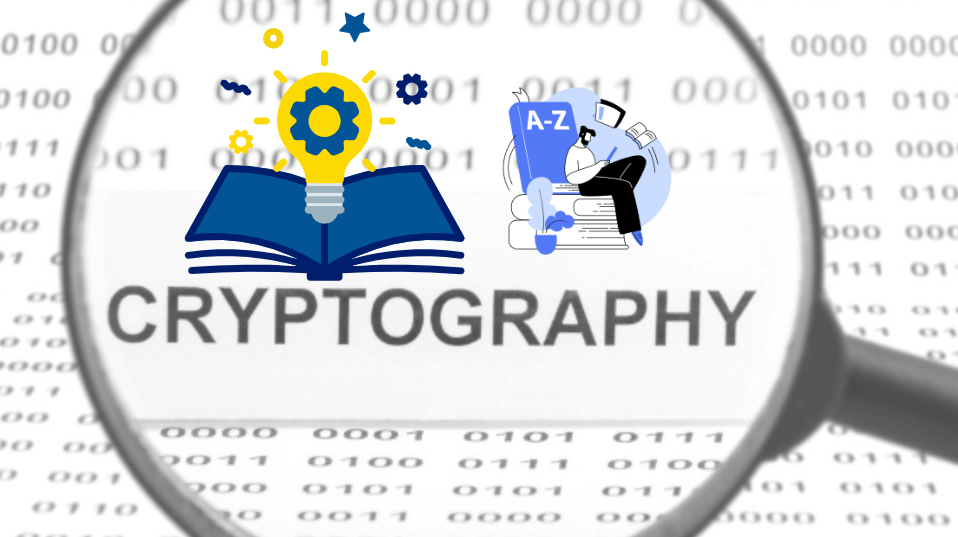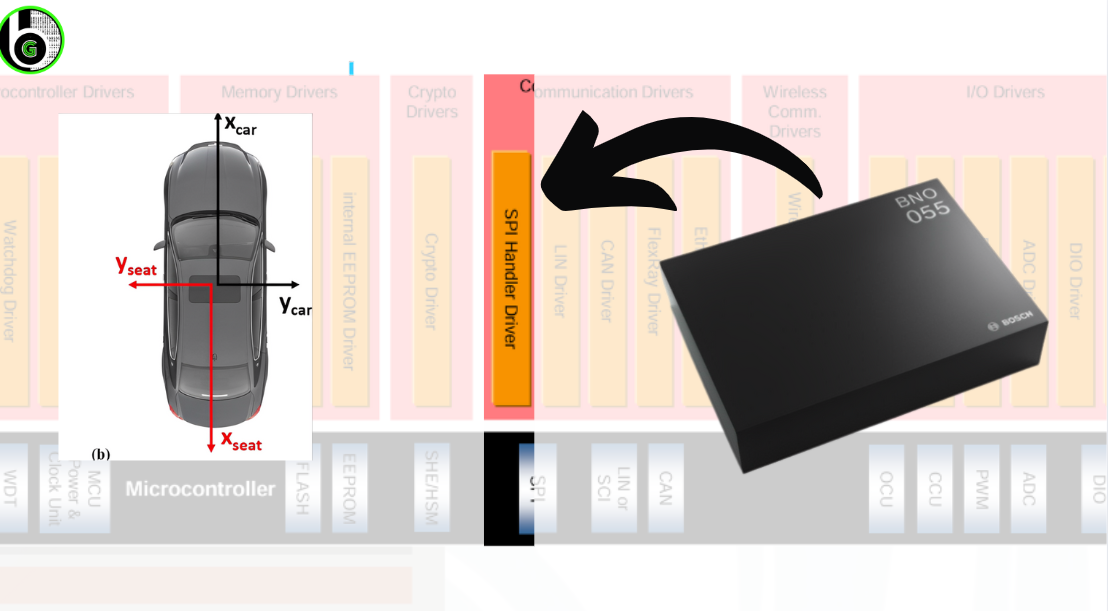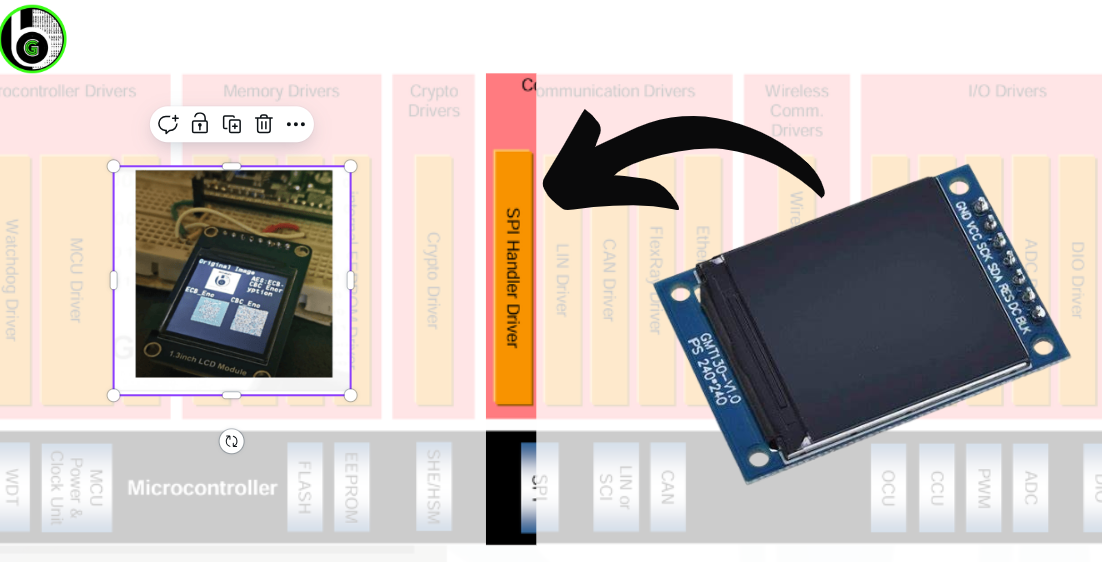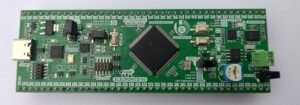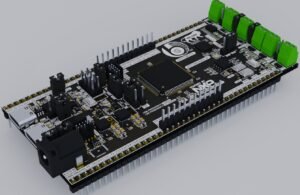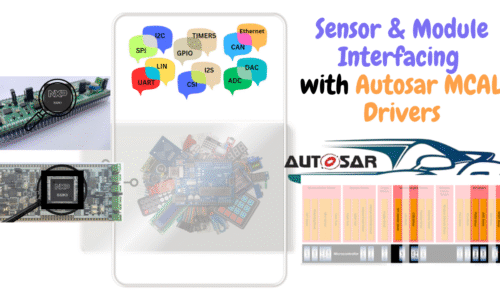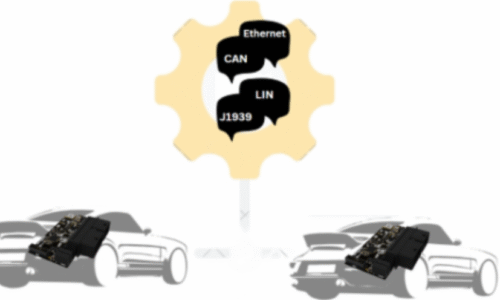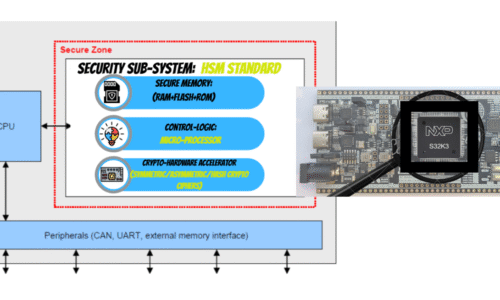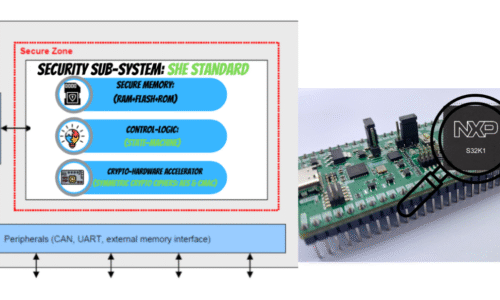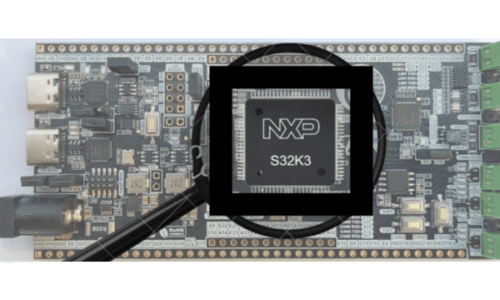Join Our Community Just Click Here
Secure Authentication
Click Here
Secure Key Exchange
Click Here
PKI Based Authentication
Click Here
Who are We?
Gettobyte develops AI-driven and secure solutions for embedded devices using semiconductor chips by leveraging Edge AI and Cryptography. While currently focused on the automotive industry, our long-term vision extends to broader domains requiring real-time processing and secure communication.
Our Clients







Edge AI and Embedded Security Technologies
What do we do?
We aim to build high-performance embedded products and software stacks aligned with industry standards, specifically integrating Edge AI and cryptographic capabilities. To enable practical adoption, we currently provide consulting, specialized training, and system-level solutions, so as to drive future-ready innovation across automotive domains.
Our Embedded Software Stacks
- Our Software stacks
- Sensor and Module Stacks
- Cryptography stacks
- Back
- Crypto Peripheral's Stacks
- Crypto Project's stacks
- Back
- I2C Based Sensor Stacks
- SPI Based Sensor Stacks
- UART Based Sensor Stacks
Rated 0 out of 5
Rated 0 out of 5
Automotive Sensor and Module Interfacing(ADAS)
10 WeeksAll levels0 Lessons0 Quizzes0 Students₹20,000.00Cryto Security Model: Hardware Security Peripheral’s (HSM) using S32K3xx
10 WeeksAll levels0 Lessons0 Quizzes0 Students₹10,000.00Cryto Security Model: Secure Hardware Extension (SHE) using S32K1xx
10 WeeksAll levels0 Lessons0 Quizzes2 StudentsFree
Videos
Blogs
- All Posts
- Blog
November 6, 2025/
No Comments
Light Beige Sleek and Simple Blogger Personal Website by KsmaVideoEditor harsh gettobyte technp;pgies
July 17, 2025/
Introduction to EiQ In previous blogs, we’ve discussed in depth Edge AI, its features, advantages, and future scopes. Implementation of
July 14, 2025/
In the context of AIS-189, the Cybersecurity Management System (CSMS) is a mandatory framework that all automotive manufacturers (OEMs) and
June 14, 2025/
Before Autosar and challenges Before the development of AUTOSAR (AUTomotive Open System ARchitecture) in 2003, the automotive industry lacked a
May 16, 2025/
🔐 Embedded Security in Automotive ECUs: A Deep Dive into Core Mechanisms Meta Description: Discover how embedded security mechanisms like
February 23, 2025/
Getting Started Dive into blogs on how to get started with AutoBoardV1. Hardware setup, IDE Software Installation and setup, familiarity
Industry We are Targeting Right now
Automotive Industry




The powertrain domain includes key components such as the engine, transmission, and energy management systems, responsible for vehicle propulsion. With the rise of EVs and hybrid vehicles, real-time optimization through Edge AI is crucial, while Cryptography ensures protection against malicious data manipulation.

The chassis domain governs vehicle stability, suspension, and braking systems, ensuring safe handling and ride comfort. Edge AI enhances adaptive performance, while Cryptography prevents cyber threats from interfering with safety-critical functions

The body control domain handles vehicle access, lighting, climate control, and in-cabin automation. Edge AI enables intelligent automation, while Cryptography ensures only authorized commands are executed.
HMI systems enable driver interaction through touchscreens, voice commands, and gestures. Edge AI personalizes the user experience, while Cryptography protects against unauthorized access and data breaches.

Telematics Domain
The telematics domain includes GPS tracking, vehicle connectivity, and over-the-air (OTA) updates, essential for modern automotive ecosystems. Edge AI enhances predictive analytics, while Cryptography safeguards data integrity.

This domain includes Advanced Driver Assistance Systems (ADAS), collision prevention, and occupant protection technologies. Edge AI enables real-time risk assessment, while Cryptography ensures sensor data authenticity.
Industrial Standards/Consulting
- Autosar( MCAL Layer and RTE, ASW Layer).
- Automotive Security (SHE, HSM IS0 21439, Secure Boot, in-vehicle communication).
- Automotive Protocols (CAN, LIN, Ethernet, TSN)
- Automotive Stacks (UDS Bootloader, LIN Stack, MATLAB Model Base Designing)
- Automotive Application’s (BMS, Body Control Domain, ADAS, HMI and Telematics Domain)
- Automotive Sensors (LiDAR, Radar, Ultrasonics, Camera, IMU and etc.)
// our clients
Our Reach
Our Reach
across India and slowly panning to world

Ancit Technologies
Automotive Consulting Company
EH Groups
Renewable Energy Semiconductor Manufacturing
Compage Automation
Specialists in Motor Control and Industrial Automation
Skill Lync
E-Learning Providers
Decible Labs
E-Learning providersIndustries and Technologies
That We tend to expand
Avionics
Creating Robust Automotive ECUs with Autosaur Technology.
Power/Energy
Add AI capbilities to your Embedded Products
Robotics
Explore Embedded technologies that make us fly on Air


